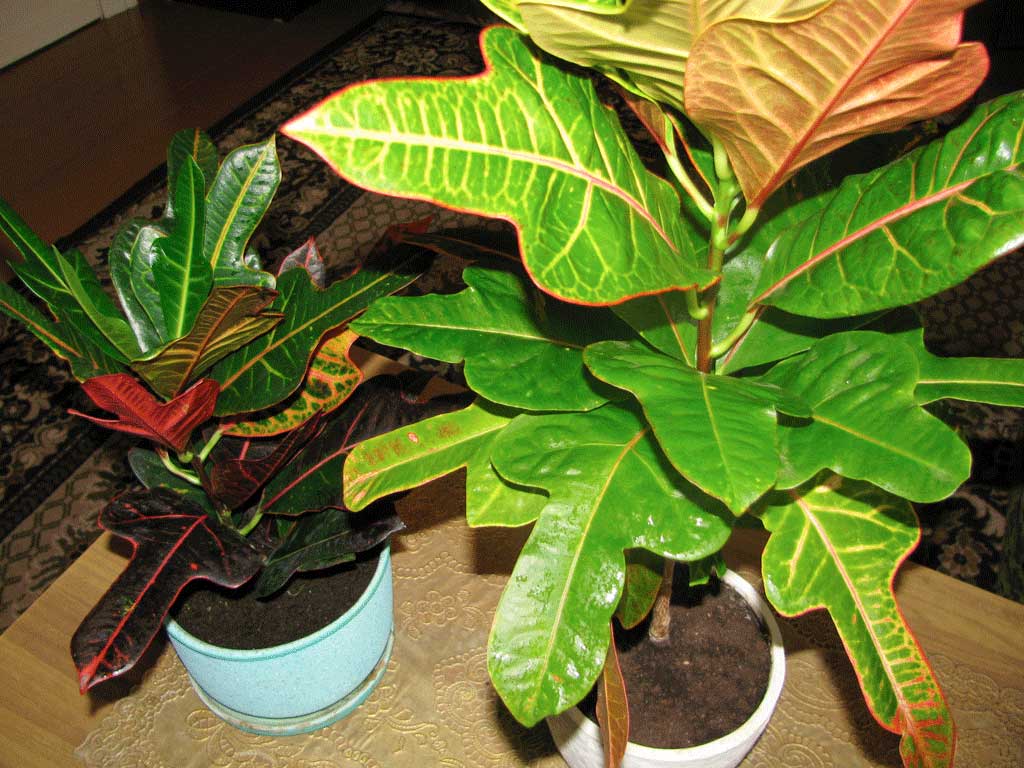When you know what to plant next to this or...
My Investigation: Is Croton Plant Perennial or Annual?
Once my son came back home from school asking me what I knew about croton. His teacher gave him a task to find out about this green plant. So he started to ask me questions like "is croton plant perennial or annual?". To give my child an exact answer I asked my sister who was a great admirer of crotons if she could help me.
✔ We Released The Croton HandBook
CLICK HERE TO LEARN MORE >>
She said that a lot of people are interested to know whether croton plants are annuals or perennials. She gave me books on crotons with interesting croton pictures. I got to learn that croton plant is a perennial.
So it doesn’t require to be replanted. With diligent care these shrubs can live up to several years, whereas annuals normally last one growing season only. But you can also grow croton in the garden as an annual plant while living in the warmest climate zones.
This perennial evergreen is popular both in gardens and as potted houseplants. The color of a croton can be different. Their leaves may be of green, red, yellow, pink and orange colors. Croton blooming is rare, and it will bloom if you take good care of it.
The plant will be vibrant as long as you expose it to plenty of sunlight. It should receive bright light for at least 4 hours every day. If the species is located in a shady location, it will produce green hues mostly. If your purpose is to enhance the growth of an indoor specimen, use bright artificial light.
The genus enjoys high humidity (not less than 70%). If it is grown indoors, the following situation can occur. When the temperature in the house rises above 67 degrees Fahrenheit, the humidity decreases drastically.
In such a case, don’t be in two minds about what to do. You will have to sacrifice several degrees of warmth and increase the humidity level. If you set the plant on a tray which will be filled with moist pebbles, you will be able to provide some additional humidity.
The soil must be moist all the time. In December and January let it dry a bit to allow for dormancy. If you experience problems with the foliage, check your watering schedule. If leaves fall off or probably slope downward, that can indicate that your plant is “thirsty”.
If the edges of the foliage become wilted, it normally means that the species is being overwatered. So cut the watering down and see if that improves the looks. As you see, the genus is extremely touchy when it comes to how much water they are provided with or not provided.
The cultivar also likes warm temperatures. Up to 80 degrees F is comfortable temperature for this species.
This way I helped my son and at the same time it was fun to learn about this beautiful plant.










